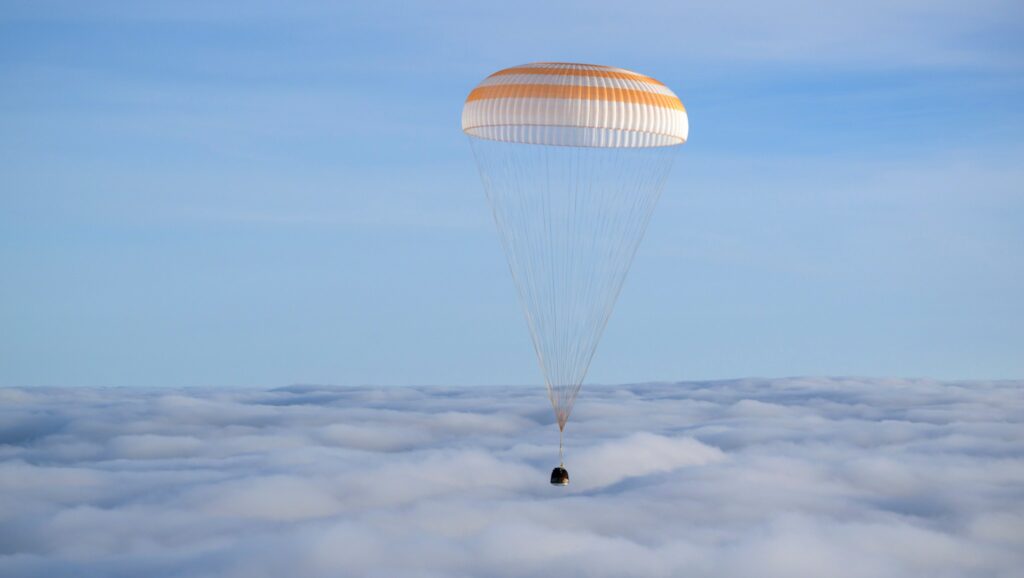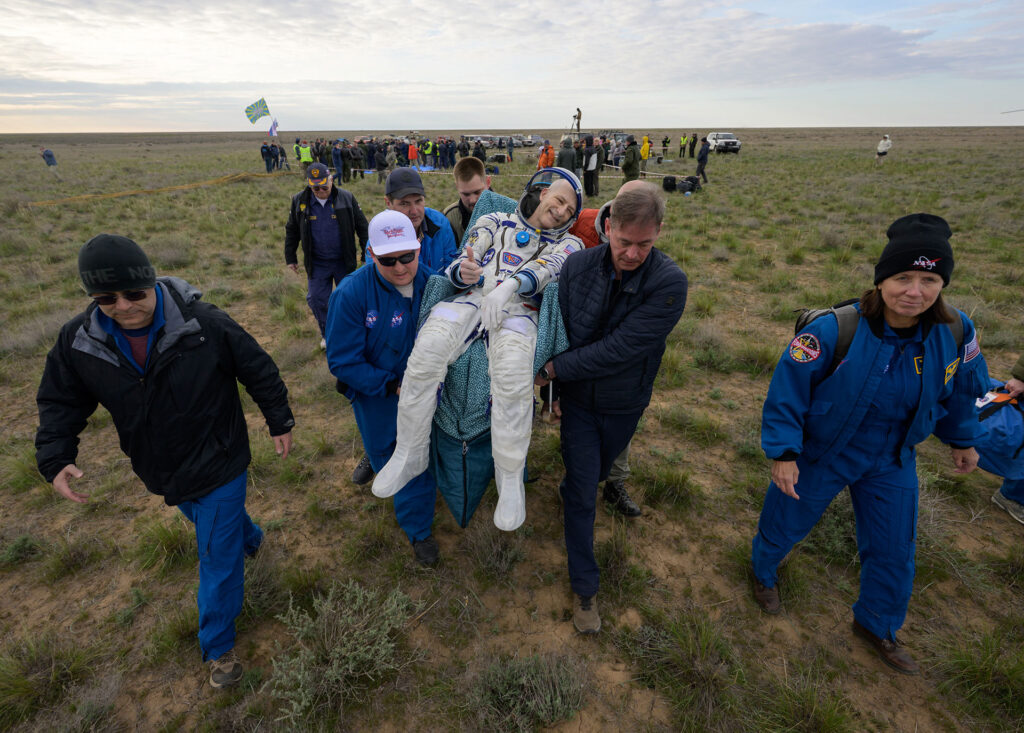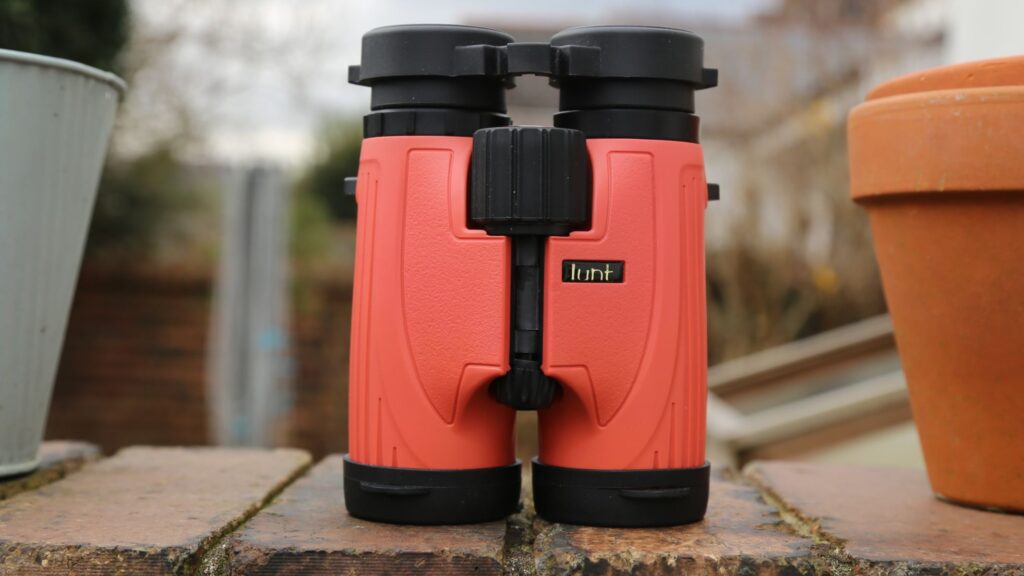Astronomers and space fans around the world can breathe a sigh of relief: The James Webb Space Telescope is now fully deployed.
The $10 billion NASA observatory unfolded the second “wing” of its massive primary mirror today (Jan. 8), bringing the light-collecting structure up to its full size and marking the end of the mission’s long, risky and ultra-complex deployment phase.
As the final mirror segment folded in place just before 10:30 a.m. EST (1530 GMT). Just under three hours later, at 1:17 p.m. EST (1817 GMT), the mirror was locked into place as cheers and high-fives erupted at its mission control center in Baltimore, Maryland.
“We have a deployed telescope on orbit,” said Thomas Zurbuchen, NASA’s associate administrator for science, told the Webb team after the milestone. “A magnificent telescope the likes of which the world has never seen.”
Live updates: NASA’s James Webb Space Telescope mission
Related: How the James Webb Space Telescope works in pictures




After Webb launched into space on Dec. 25, the normally clean-shaven Zurbuchen pledged not to shave until its hair-raising deployment was complete.
“I fully expect to shave today,” Zurbuchen said.
The mission team, for their part, seemed to ease the tension of today’s final deployment by piping in music to their mission operations center in the Space Telescope Science Institute in Baltimore, Maryland. Among their music selections was “Ring My Bell” by Anita Ward as the mirror wing first folded into place.
“I just feel this kind of glow, you know, in my chest right now just seeing that mirror deployed all together,” said NASA astrophysicist Michelle Thaller, who hosted the agency’s live Webb mirror deployment webcast. The mirror’s size will give Webb and humanity “a chance to see the universe as it was perhaps only a 100 million years after the start of the Big Bang.”
We have a deployed telescope on orbit!”
— Thomas Zurbuchen, NASA
Webb launched into space on Christmas Day from a European spaceport in South America to begin a mission that will peer at the universe’s first stars and galaxies, sniff the air of nearby alien planets for intriguing chemicals and perform a wide variety of other high-profile tasks. But getting the observatory up to speed takes some serious doing.
“Today, NASA achieved another engineering milestone decades in the making!” NASA Administrator Bill Nelson said in a statement on Twitter. “While the journey is not complete, I join the Webb team in breathing a little easier and imagining the future breakthroughs bound to inspire the world.”
Webb is optimized to view the cosmos in infrared light, wavelengths that we feel as heat. The telescope’s optics and instruments must be kept extremely cold to pick up these faint heat signatures, so Webb sports a five-layer sunshield the size of a tennis court to reflect and radiate away solar energy.
The fully extended sunshield is far too big to fit in the protective payload fairing of any currently operational rocket, so the structure launched in a highly compact configuration. So did Webb’s 21.3-foot-wide (6.5 meters) primary mirror, which consists of 18 gold-plated hexagonal segments arrayed across a central post and two side wings.
Webb’s deployment phase was therefore incredibly involved.
“The Webb observatory has 50 major deployments … and 178 release mechanisms to deploy those 50 parts,” Webb Mission Systems Engineer Mike Menzel, of NASA’s Goddard Space Flight Center in Greenbelt, Maryland, said in an explainer video called “29 Days on the Edge” that the agency posted in October.
“Every single one of them must work,” Menzel said. “Unfolding Webb is hands-down the most complicated spacecraft activity we’ve ever done.”
Congratulations, @NASAWebb! You are fully deployed! 🥳Stay tuned over the coming months as the space telescope reaches its destination of Lagrange point 2 and prepares to #UnfoldTheUniverse: pic.twitter.com/qg6jmVRCsHJanuary 8, 2022
On Saturday, mission engineers could breathe a bit easier.
“178 of 178. Congratulations,” Webb’s mission operations manager told the team after the mirror deployed, marking the last of those non-redundant release mechanism tasks.
The sunshield structure alone has 140 release mechanisms, 70 hinge assemblies, 400 pulleys, 90 cables and eight deployment motors, mission team members have said. All of them worked perfectly during sunshield extension, which began three days after launch and took about a week.
Webb’s mirror deployment was a multistep process as well. On Wednesday (Jan. 5), the mission team locked into place the observatory’s 2.4-foot-wide (0.74 m) secondary mirror, the second surface that deep-space photons will hit on their way to Webb’s four scientific instruments.
The port, or left-hand, wing of the primary mirror was deployed on Friday (Jan. 7). The starboard wing followed suit today.
Related stories:
Bill Ochs, NASA’s Webb mission project manager, hailed the work of the thousands of engineers and scientists at NASA, Northrop Grumman (which built much of the observatory) and the agency’s Goddard Space Flight Center overseeing the mission for their hard work and dedication over the last 20 years to make the James Webb Space Telescope, also known as JWST, a reality. Then to carry it across the finish line with a launch and deployment amid the global COVID-19 pandemic.
“The last two weeks have been totally amazing,” Ochs said of the time since launch. “Thousands of people have worked on JWST to this point to get us here.”
Ochs had special words of praise for the Northrop Grumman and Goddard engineers who worked to fold up Webb a year ago for its launch.
“If they hadn’t done it perfectly, these last two weeks would not have gone as well as they have,” Ochs said.

All of these deployment steps have taken place while Webb cruises toward its final destination, a gravitationally stable spot about 930,000 miles (1.5 million kilometers) from our planet called the Earth-sun Lagrange Point 2 (L2). At L2, Webb can stay aligned with the sun, Earth and moon, allowing its sunshield to continuously block the light and heat coming off those bodies.
About 29 days after launch — so, on or around Jan. 23 — Webb will perform an engine burn that puts it into orbit around L2. But the telescope won’t be ready to start observing yet.
The mission team will still have to check out and calibrate Webb’s four scientific instruments and precisely align the segments of the primary mirror so it acts a single, nearly perfect light-collecting surface. This work is expected to take five months or so.
If all goes according to plan, Webb — a joint effort of NASA, the European Space Agency and the Canadian Space Agency — will begin its highly anticipated science mission in late June or early July and keep observing the cosmos for at least five years.
Editor’s note: This story was updated at 2 p.m. EST to include new comments and details on the successful final deployment of the James Webb Space Telescope’s primary mirror.
Mike Wall is the author of “Out There” (Grand Central Publishing, 2018; illustrated by Karl Tate), a book about the search for alien life. Follow him on Twitter @michaeldwall. Follow us on Twitter @Spacedotcom or on Facebook.


